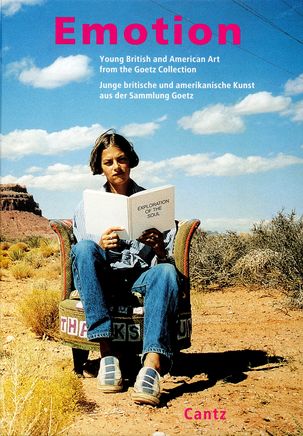Designing interiors with wallpaper has a long cultural and historical tradition originating in the Middle East. From the 14th century onwards, aristocrats and wealthy citizens in Europe decorated their walls with ornamental fabric wallpaper made of velvet brocade and damask as well as gold-embossed leather wallpaper. Paper wallpaper was exported from China beginning in the 16th century, and it quickly became popular in Europe as it allowed people to create 'a change of scenery.' Initially, these wallpapers consisted of handmade sheets of paper, which were glued together and printed. Later, with the invention of serially printed paper wallpapers in the 18th century, this form of wall design also became affordable for the general public.
Although numerous artists—from Art Nouveau, the Bauhaus and Pop Art to those working today— have designed wallpaper, artists’ wallpaper has received little attention as an art form in its own right. The exhibition A Change of Scenery. Artists' wallpapers from the Sammlung Goetz gives viewers the opportunity to experience six different wallpaper designs by Martin Boyce, Robert Gober, Rodney Graham, Andy Hope 1930, Abigail Lane and Sarah Lucas from the period 1989–2009 with a surprising perspective. The remarkable architecture of the Neues Museum Nürnberg allows a comparative view of the artistic positions from outside through the glass façade.
A cooperation between Neues Museum Nürnberg and Sammlung Goetz.
Curator: Karsten Löckemann
Curatorial assistance: Pietro Tondello












